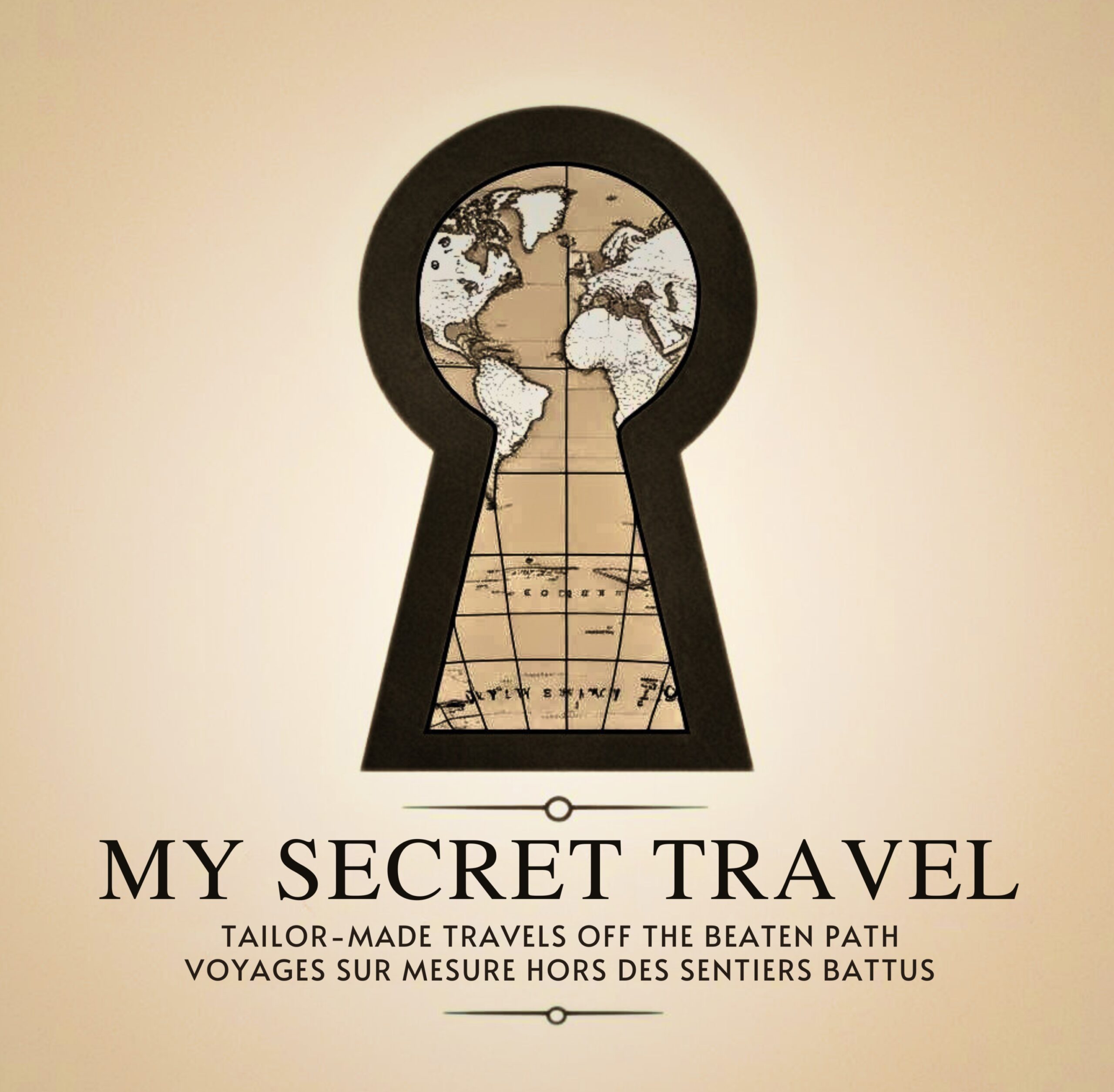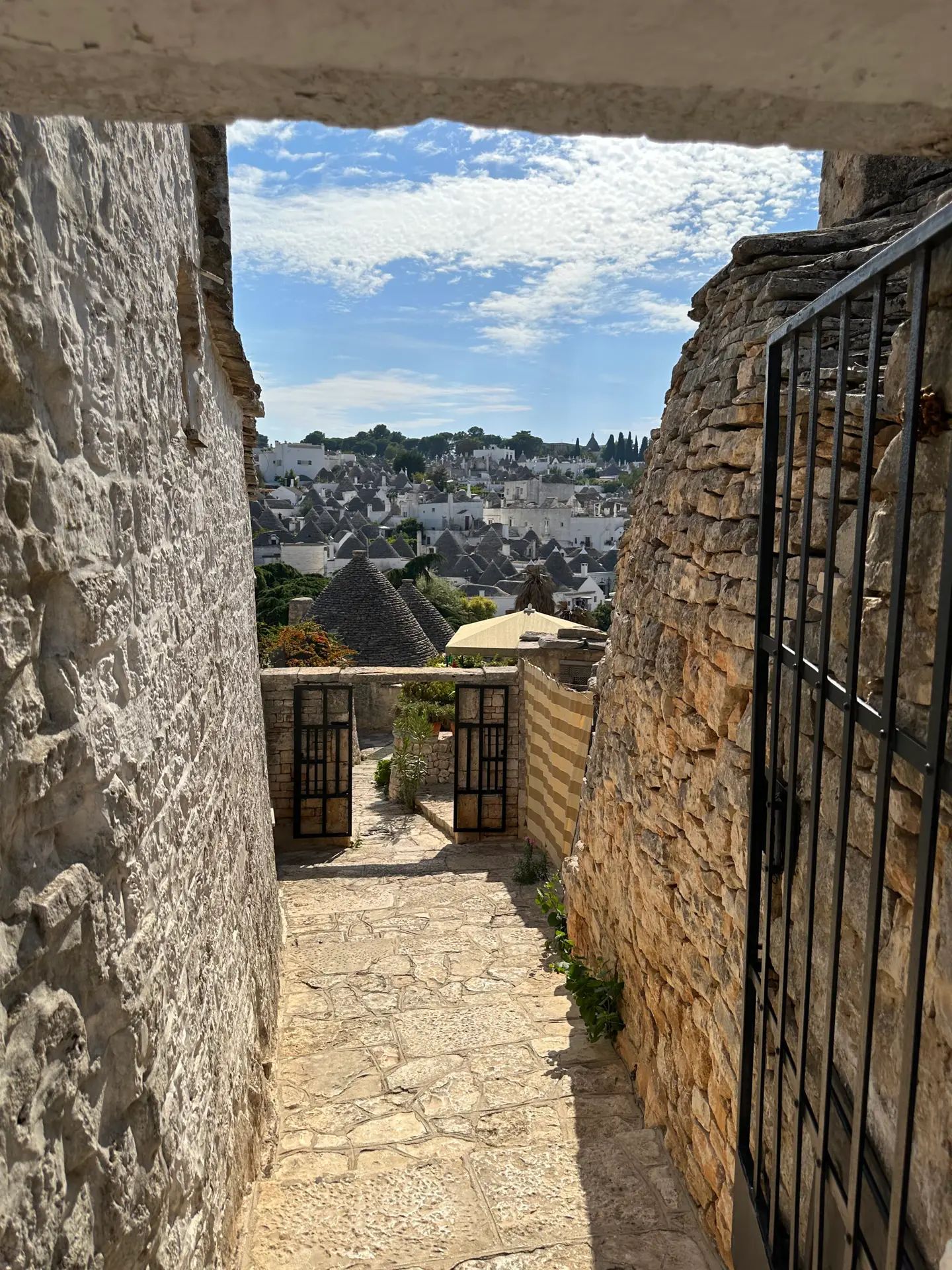The Taste of Salento: Childhood Memories and Hidden Treasures
Some places aren’t just destinations—they’re pieces of who we are. For me, that place is Salento, in the heart of Puglia, that golden peninsula nestled between two seas. It’s where my father was born. I return every summer, drawn back by roots, scents, and flavors.
But forget the postcards. I’m talking about an intimate Salento, one you taste rather than visit, one you experience through memories and the aromas of home cooking—like a Proustian madeleine.
Mornings: Focaccia, Warm Bread, and Secret Coves
It all begins at dawn. My father comes back from the village bakery, arms full of focaccia and crusty rolls that will become panini for lunch. In a beach bag, they’ll wait patiently for their moment—when we settle in, as a family, on white sandy beaches and in turquoise waters now rightfully called the “Maldives of Salento.”
Back then, those beaches had no exotic nickname. They were just our beaches—wild, quiet, sometimes hard to find. Today they’re sought after, photographed, geotagged. But I know other coves, more hidden ones, where you can still savor a capocollo sandwich with your feet in the water, in a silence broken only by the sea.
Dolcetti & Iced Coffee: My Blissful Duo
Nothing brings me back to childhood more than those almond dolcetti—now paired with a caffè leccese (black coffee, ice, almond milk). The best is sipped at a wobbly table in a small piazza, under striped awnings, surrounded by voices in dialect. The waiter knows you. The old folks greet you with a “Buuona seeeeraaa” that still sings like a lullaby.
Life in Slow Motion: Simplicity and Authenticity
Time stretches out in Salento. Breakfast is taken standing at the bar, with a cappuccino and a cornetto filled with cream or Nutella. Lunch is a picnic on the beach—or for the more adventurous, on a small boat, nose to the wind, diving into deserted coves.
And in the evening—because not everyone has a nonna to cook the traditional contadini dishes passed down orally, humble and soulful—there’s a solution: the agriturismi, rural inns nestled among the olive trees. There, you eat what the land offers: garden vegetables, homemade cheeses, local meats.
Speaking of cheese—my uncle runs a dairy. The cows are local, the products too. Nothing industrial here—just milk, know-how, and passion.
Summer Flavors and Roadside Markets
Salento is also about prickly pears picked along the roadside, watermelons sold from trucks, juicy peaches, vegetables preserved in oil to be eaten with friselle. And that precise little gesture to moisten them… only an Italian can show you how it’s really done.
Among Olive Trees and Romantic Dinners
This land is simple, yet knows how to be romantic. A dinner with your feet in the water, in a hidden cove, enjoying grilled fish in a natural cave… that’s Salento too. A quiet beauty. An elegance without show.
Passing It On
There’s a photo of me in Alberobello, wearing a floral dress, standing in front of a trullo with my little brother, holding a toy spinning in the breeze. Today, that village is flooded with tourists and Instagram lenses. But authenticity hides elsewhere—in forgotten villages, in simple gestures, in meals taken under a vine-covered pergola.
My father left his land, but he never really left it. He passed it on to us—through his cooking, his memories, and even his silences. This land is a heritage of the heart.
And the Pasta?
You might be wondering why I haven’t mentioned pasta, pizza, gelato. Of course they’re delicious—like everywhere in Italy. But that’s not what I want to show you.
I want to share the terroir, the slowness, the peasant culture, the richness of Salento—a region that was once Greek, before becoming Italian again. A land of blending, traditions, and warm humanity.
Here, food tells a story. And it’s a story I want you to experience. Because if I became a travel planner, it’s also to offer that—to those who want to travel differently. Not following the guidebooks, but guided by the belly, the memories, and the emotions.

